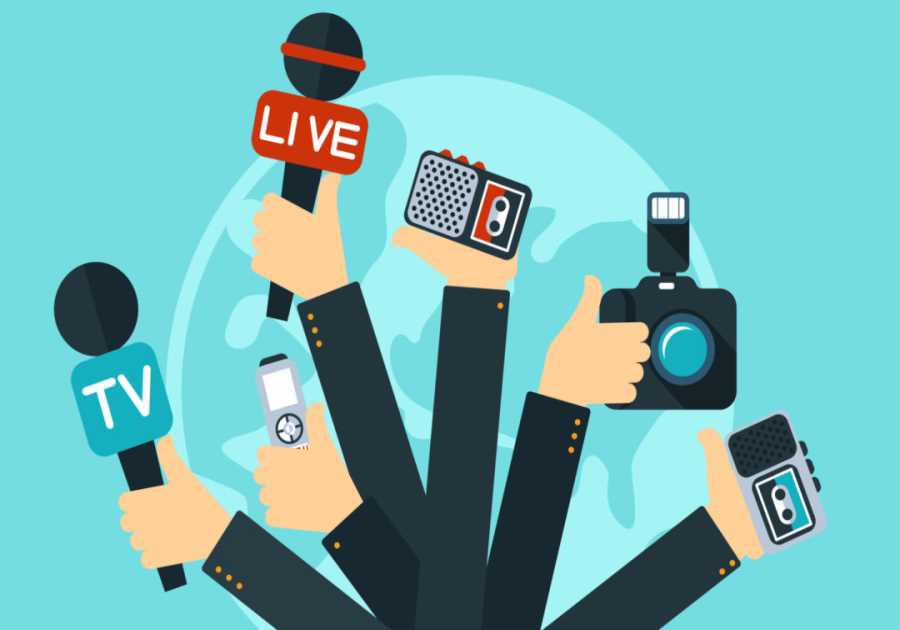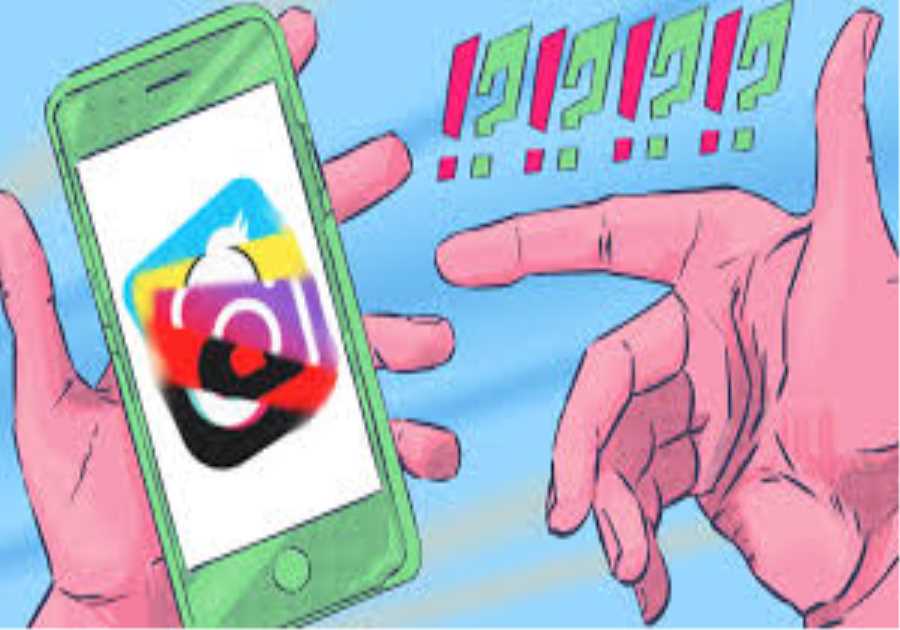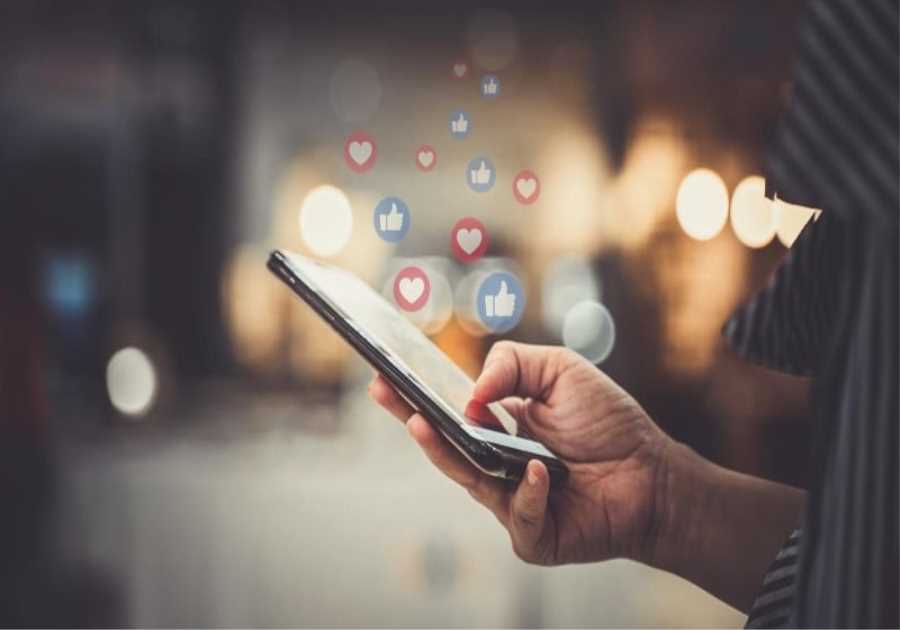
A new long-term traffic study from The Texas Law Dog reveals a striking and underreported pattern on U.S. roads: the hour immediately following major sporting events has become one of the most dangerous windows for drivers and pedestrians.
Using 27 years of crash data, the analysis shows that fatal crashes rise 41% in the first hour after the Super Bowl, creating a post-event traffic surge that is now deadlier than New Year’s Eve and comparable to July 4th.
The surge isn’t limited to the NFL. Comparable effects appear around NBA arenas, large concert venues, and any event that releases tens of thousands of people into the same traffic corridors at once.
Digital-Age Problem: Crowd Mobility Meets High-Risk BehaviorsAccording to researchers, the post-game traffic spike is not driven by a single factor but a convergence of behavioral and mobility patterns amplified by digital-age habits:
High alcohol consumption tied to event-day cultureFatigue after multi-hour gamesIncreased pedestrian density around stadiumsNavigation apps funneling vehicles into the same choke pointsPhone-based distractions during slow-moving exit traffic“Post-game driving isn’t the same as regular nighttime driving,” the report notes. “It’s a completely different traffic ecosystem shaped by crowd behavior, visibility, and fatigue. Digital routing tools actually intensify the bottlenecks because everyone receives identical directions.”
Texas Mobility Zones Show the Sharpest Surges
Texas, one of the largest event hubs in the country, reflects this trend clearly. The study found:
NFL stadium districts saw crashes increase from 890 in 2023 to a projected 1,020 in 2025NBA arena zones rose from 640 in 2023 to an estimated 770 in 2025Super Bowl first-hour crashes may climb from 1,300 in 2023 to 1,480 by 2025These numbers persist despite statewide road safety gains. Texas reduced overall roadway deaths from 4,291 (2023) to 4,150 (2024), yet event-night spikes around Dallas, Houston, and Austin remain high.
Why the Post-Game Spike Has Become Structural
The analysis points to three structural reasons these surges have become consistent across decades:
1. Alcohol remains the most stable variable
Roughly 30% of all event-night fatalities involve impaired driving — a share that hasn’t declined despite improved public awareness.
2. Crowded exits increase collision probability
Stadium egress patterns concentrate vehicles and pedestrians into narrow windows, creating a perfect storm of stop-and-go traffic, sudden lane changes, and visibility challenges.
3. Digital navigation puts everyone on the same “fast exit”
Apps like Waze, Apple Maps, and Google Maps push drivers toward the same shortcuts and arterial roads, creating unexpected overload in smaller neighborhood corridors.
This combination — behavioral + structural + digital — is what makes post-game traffic risk persist across eras and states.
The World Cup Effect: Texas May Face Its Biggest Surge Yet
Texas will host 16 FIFA World Cup matches in 2026, a scale of event traffic even larger than typical NFL games.
Mobility modeling used in the analysis predicts:
65% higher traffic volumes in stadium corridorsLonger travel times extending danger windowsA higher share of out-of-state and international drivers unfamiliar with local routesMore walk-and-ride traffic merging into high-speed roadsIn other words: without intervention, Texas could see its largest recorded post-event traffic spikes in modern history.
Strategic Interventions Could Cut Fatalities and Costs
The Texas Law Dog report recommends several tech-forward, scalable solutions:
Staggered exit algorithms built into venue apps and digital ticketingGeofenced rideshare pickup zones designed to decentralize congestionPedestrian-priority cycles on smart signalsTemporary reduced speed corridors pre-synced across traffic systemsReal-time routing partnerships with navigation platformsCo-staged EMS and law enforcement units during known danger hoursEven modest local investments — such as $100K in post-event rideshare incentives — have been shown to reduce DUI incidents and lighten EMS and ER burdens.
Why This Research Matters for Digital Culture Reporting
Sports traffic is no longer just a transportation issue — it’s a digital behavior issue:
Social media encourages drinking culture around big gamesNavigation apps amplify traffic clusteringPost-event texts, DMs, and photo-sharing increase distractionRide-share dependence introduces new patterns of pedestrian movementThe data shows a feedback loop between digital habits and physical risk. Major event nights are becoming “networked danger zones,” where online and offline behavior collide.
Clear Message for Cities and FansThe findings make one thing clear: post-game crashes are not random, and they’re not inevitable.
They’re predictable. They’re structural. And they can be reduced — if cities, venues, and drivers adapt.
As The Texas Law Dog summarized:
“Predictable harm is preventable harm. We have 27 years of data showing exactly when these crashes occur. Now we need the will to act.”
The post The Hidden Traffic Spike After Major Games: Fatal Crashes Jump 41% in the First Hour, New Analysis Shows appeared first on Social Media Explorer.






